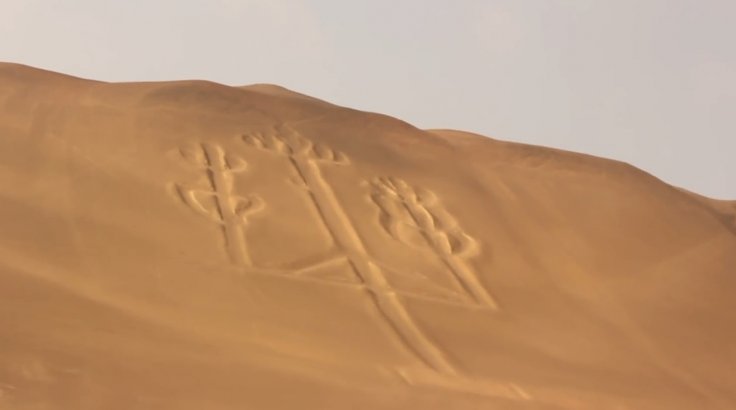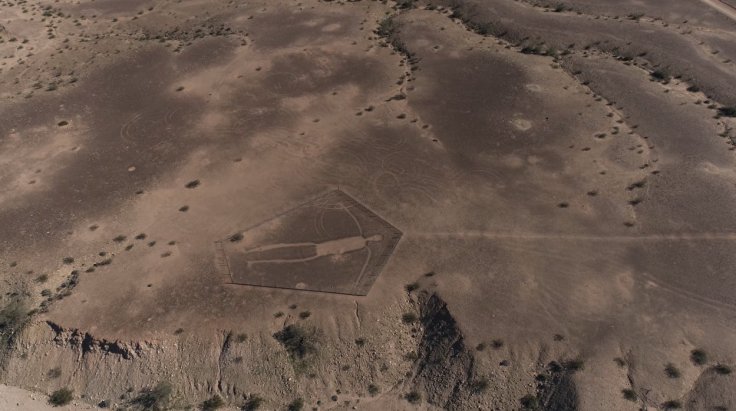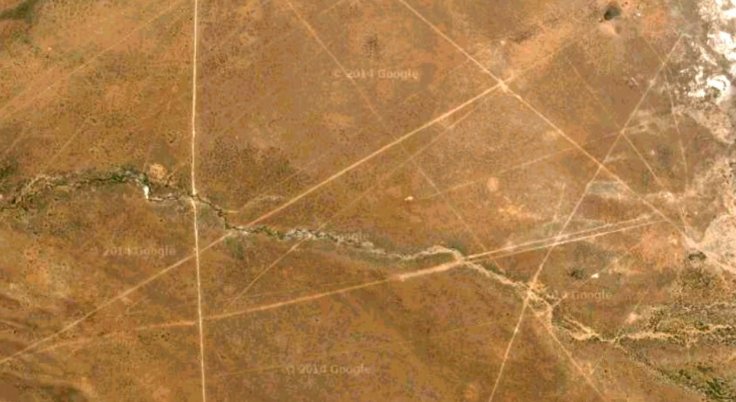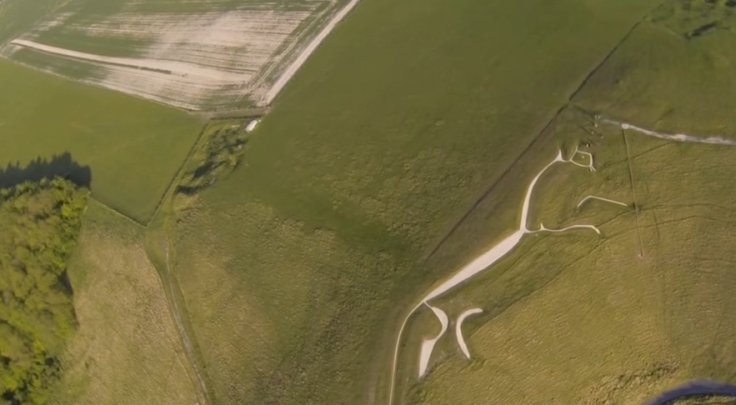
Amazon has emerged as the cradle of ancient civilizations with the erstwhile Mayan cave findings and now satellite images have brought to light a giant mound spread over 155 miles in the upper basin of Amazon rain-forest near Brazil's bordering Bolivia.
Researchers have dated the findings to a pre-Columbian culture, related to El Dorado, a term used by the Spanish Empire to describe a mythical tribal chief of the Muisca native people of Colombia. The findings also showed that the geometric shapes, which form a network of avenues, including ditches and enclosures, were built before Christopher Columbus discovered the new land.
While some experts believe that it dates back to as early as 200 AD though others belong to the year of 1283. Some scientists believe that there could be 2,000 more structures under the shadow of the Amazonian forest, reflecting the traces of lost ancient civilizations.
The research, published in the journal Antiquity, further reveals that the structure could be a sophisticated pre-Columbian monument built by a medieval period society.
The research findings show that these hitherto unknown ancient people "constructed earthworks of precise geometric plan connected by straight orthogonal roads. The 'geoglyph culture' stretches over a region of more than 250km, and exploits both the floodplains and the uplands ... we have so far seen no more than a tenth of it."
Based on the findings researchers claimed that this structure could have been used for fortifications, homes and ceremonies. They also believe that it could consist of a population of about 60,000.
Along with this pre-Columbian structure, there are other mysterious shapes on the ground that are visible clearly from the sky.
Paracas Candelabra, Peru:

It is a pre-historic geoglyph that was found on the northern face of the Paracas Peninsula at Pisco Bay in Peru. This perfectly aligned figure is 595 feet tall and large enough to be seen from 12 miles at sea. Experts said this shape related to the period of the Paracas culture.
Blythe Intaglios, California:

A group of giant figures on the ground in the Colorado Desert of California can be seen from the sky, called 'Intaglios.' Even though the reason behind creating such giant structures is unknown, this group of large figures contain three human figures, two four-legged animals, and a spiral. The largest human figure among the other structures measures 171 feet long.
Sajama Lines, Bolivia:

It is located in the Sajama region of western Bolivia and looks like a network of tens and thousands of nearly perfectly straight paths etched into the ground continuously for more than 3,000 years. Scientists claimed that it was created by the indigenous people, who were living near the volcano Sajama.
Harrat Geoglyphs:

These mysterious shapes, considered millennia-old, were built from low walls of stone in the rocky lava fields, known as Harrat in Syria, Jordan and Saudi Arabia. However, the purpose behind the 50-meter wide circular path is still unknown.
Uffington White Horse, England:

It is a 110-meter long pre-historic hill figure, formed from deep trenches filled with crushed white chalk. Experts believe that it was created during the Iron Age and was the oldest of the chalk figures known in Britain.
Atacama Giant, Chile:

Located in the Atacama Desert, Chile, this mysterious figure is the largest prehistoric anthropomorphic figure in the world with a length of 119 metres. This structure represents a local deity from AD 1000 to 1400.
Russian geoglyph:

This geoglyph shows the accurate contours of an animal similar to an elk or moose, including four legs, two antlers and a long snout. This structure was found near the lake near Zyuratkul Mountains in 2007 via Google Earth.
Nazca Lines, Peru:

Designated as UNESCO world heritage site, it stretches more than 80 km between the towns of Nazca and Palpa. Some experts believe that the Nazca Lines were created by the Nazca culture between 500 BC and 500 AD. These lines, numbering more than 70, are zoomorphic designs of animals, including trees and flowers.









